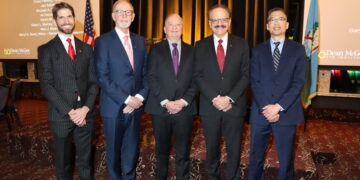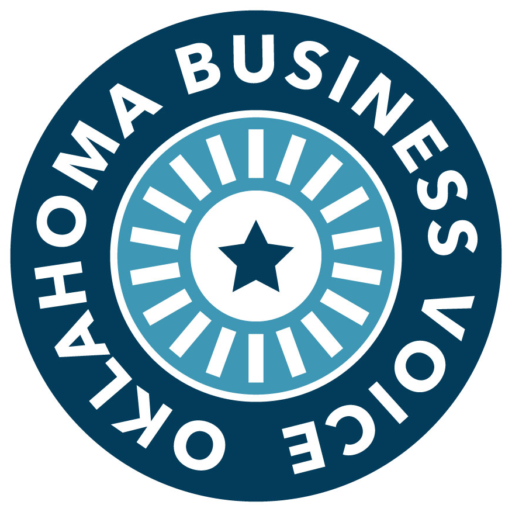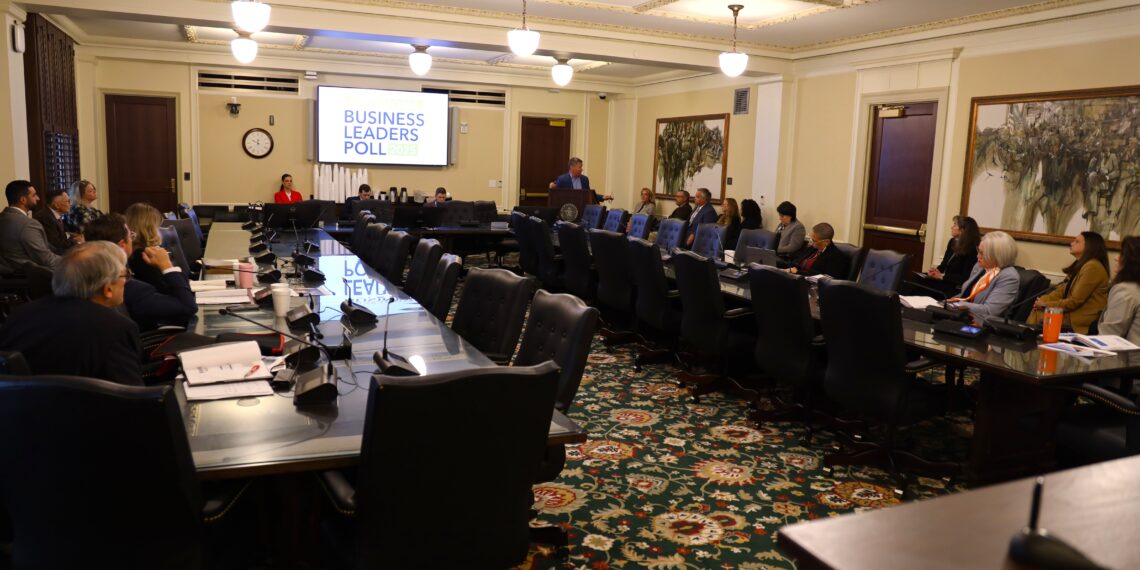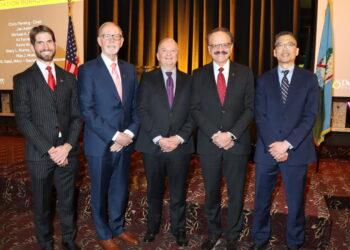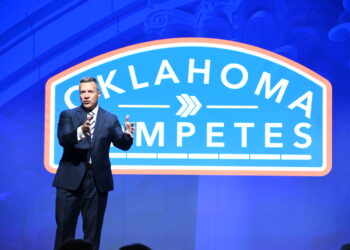OKLAHOMA CITY — With workforce problems once again topping the list of concerns for Oklahoma business owners in 2025, members of the Oklahoma House of Representatives put the issue on center stage this week.
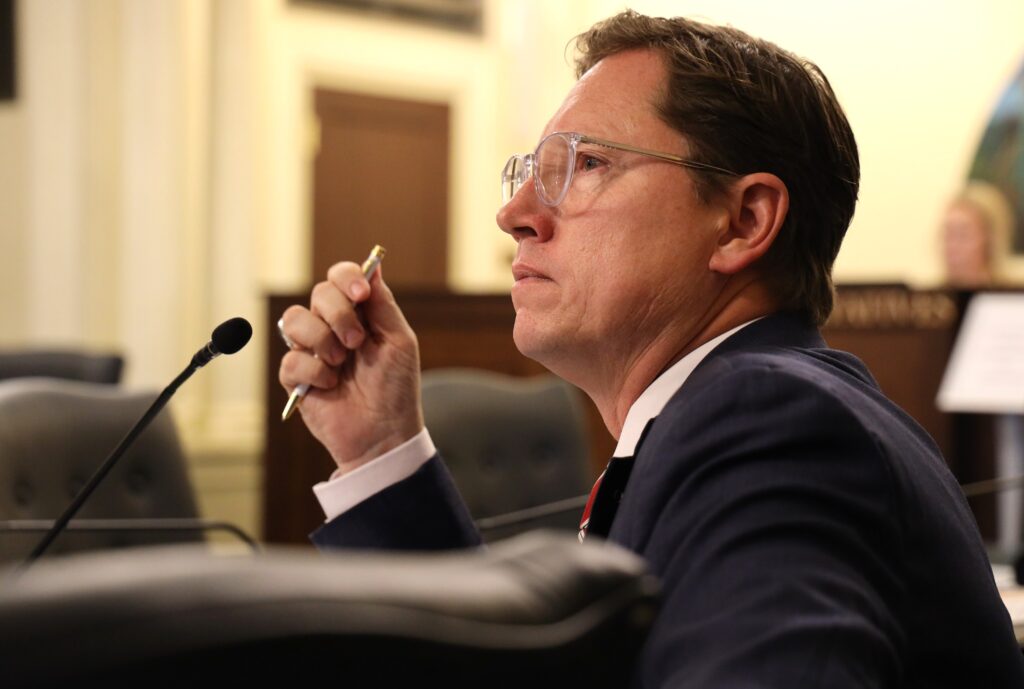
On Tuesday, Rep. Brian Hill, R-Mustang, requested an interim study titled “Workforce Needs for Oklahoma’s Future” hosted by Postsecondary Education Chair Rep. Toni Hasenbeck, R-Elgin. The study focused on how recent state workforce efforts are functioning and how existing pipelines and organizations are working together to produce the employees Oklahoma needs to succeed.
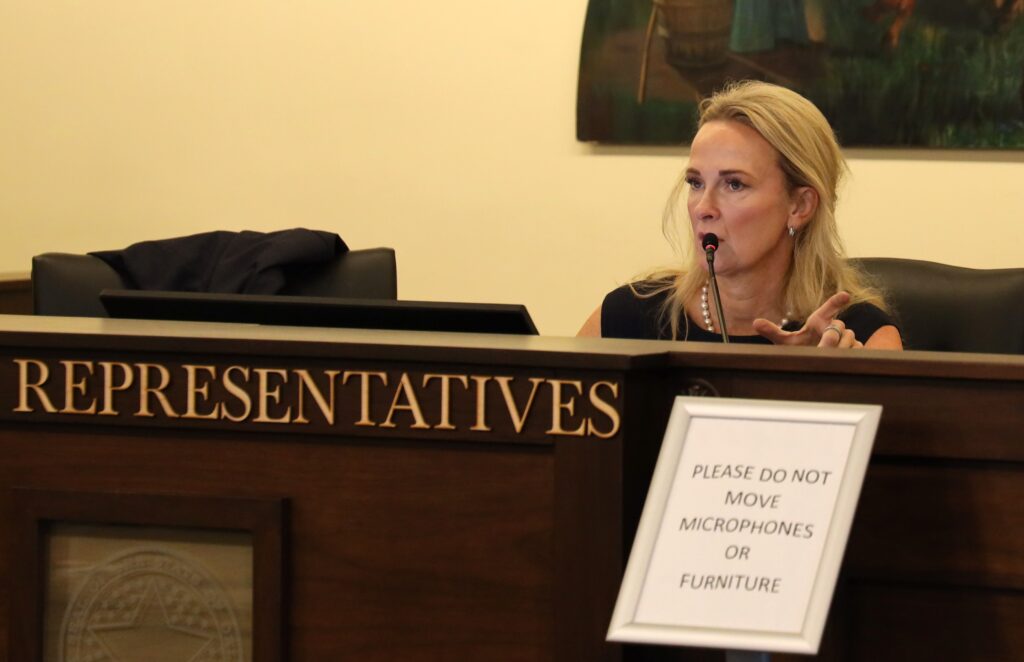
“Workforce affects everything that we are doing. It certainly affects the economy and job creators across every sector in Oklahoma,” Hill said. “It is crucial for our state, as we continue to move forward, that we get it right. By looking into the data and creating more effective partnerships across agencies, we can accomplish this goal.”
Oklahoma Workforce Commission Reports Progress
Kyla Guyette, executive director of the Oklahoma Workforce Commission (OWC), opened the session with a progress update as the commission begins to hit its stride. Created by the Legislature in 2023, the OWC board is made up of private business leaders tasked with coordinating workforce pipelines to better focus dollars and efforts to grow and strengthen the state’s workforce.
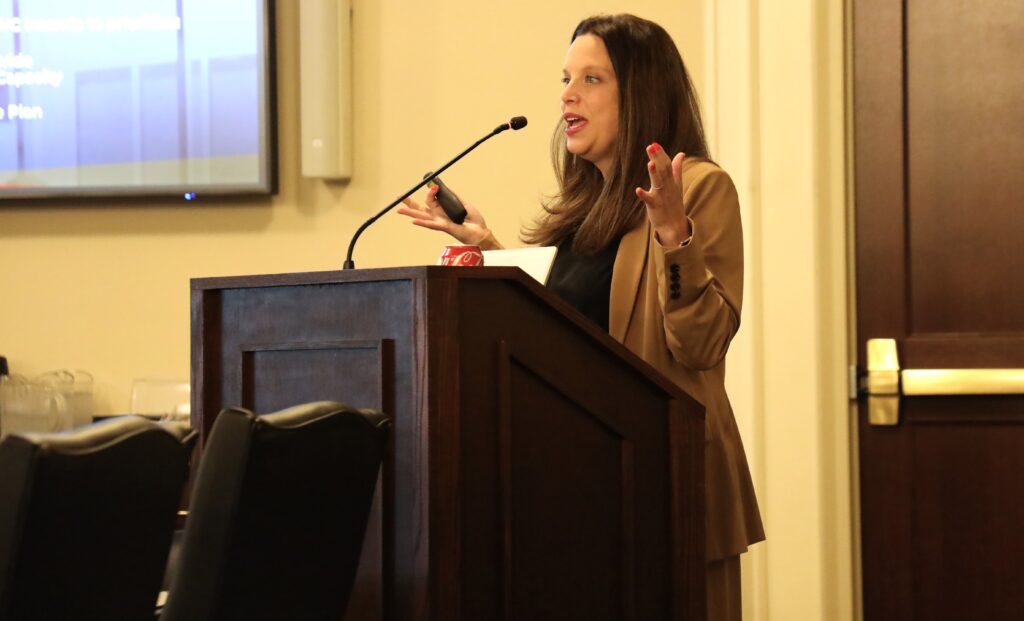
“You can’t fix the workforce gap without first tackling education,” Guyette said. She announced a pilot program for competency-based postsecondary degrees that would allow students to apply past work experience toward a bachelor’s degree at traditional public institutions. Under the program, students could potentially earn a four-year degree in two years or less.
Heather McKay of the Strada Education Foundation discussed best practices from other states, emphasizing the importance of gathering and coordinating data from as many sources as possible to get a comprehensive picture of the workforce landscape.
Brent Haken, state director of Oklahoma CareerTech, highlighted the importance of access to career and technical education (CTE).
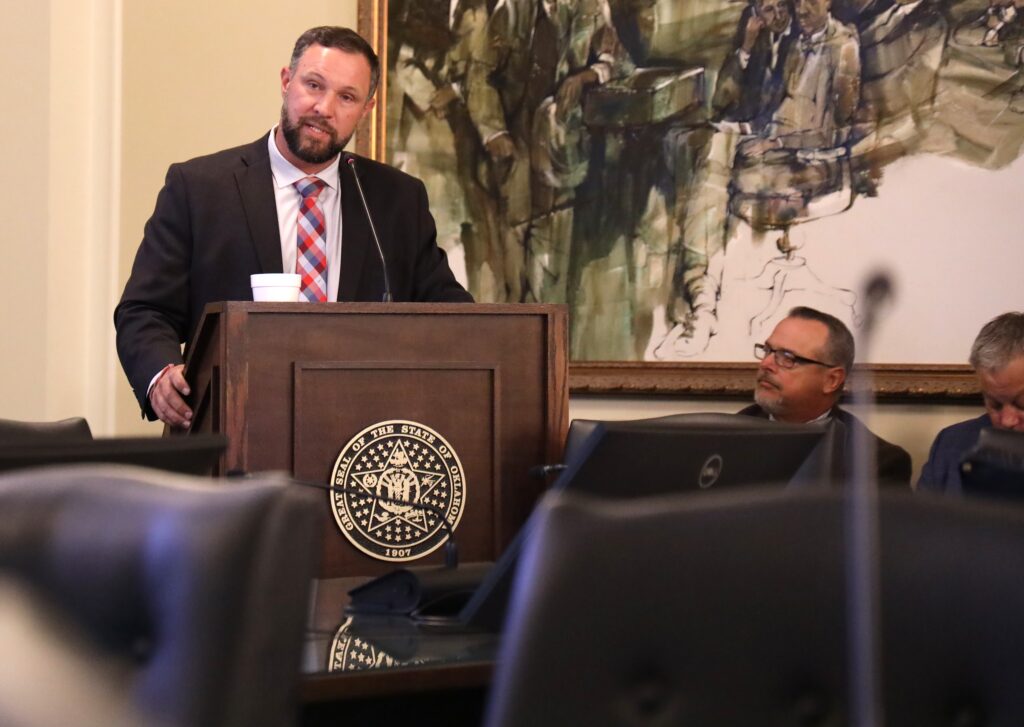
“We believe that within 45 minutes of every student should be a technology center, and within every school should be a CTE program so that students get that exposure,” Haken said. He noted that enrollment and facility numbers are growing, bringing the state closer to that goal. “Our businesses are partnering with us and wanting more.”
Technology and Data Access
Cassidy Minx and Jarrett Jobe of the Oklahoma State Regents for Higher Education demonstrated a new dashboard that will allow students to see, in real time, job listings aligned with their credentials. The technology is expected to launch in spring 2026.
“You can see the jobs that are directly aligned with the credential that you are earning,” Minx said. “That is going to be a game changer for our schools.”
Trae Rahill, CEO of the Oklahoma Employment Security Commission, acknowledged the state has work to do to catch up with others leading the way in workforce planning but said progress is happening through collaboration.
“There isn’t a state, whether they are eight or 10 years ahead of us in planning for a workforce delivery system transformation, that is doing so as comprehensively as we have been doing it as a group of partners,” Rahill said.
Business Community Perspective
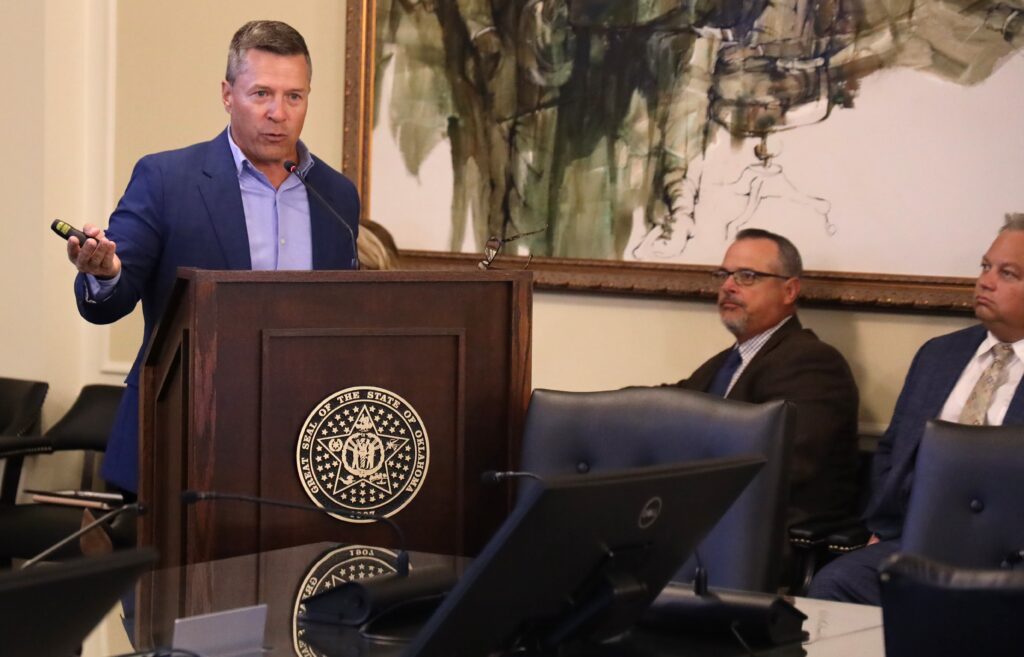
Chad Warmington, president and CEO of the State Chamber of Oklahoma, closed the morning session by emphasizing that workforce remains top of mind for the business community. He praised lawmakers for creating the OWC and working to make the state’s tax code and infrastructure competitive.
Warmington also pointed to innovation, entrepreneurship and education as critical areas for improving Oklahoma’s talent pool.
Innovation in Northeast Oklahoma
In the afternoon, workforce efforts in northeast Oklahoma took the spotlight. Tulsa Innovation Labs’ Lawrence Ganti and Chase Beasley outlined their organization’s strategy to create a cutting-edge workforce to spur economic development.
“Economic development around workforce is often not looked at from an employer perspective,” Ganti said. He stressed the importance of helping educators understand the skills that make job candidates valuable to employers.
Vanguard School’s Innovative Model
Educators from Vanguard Academy in Broken Arrow discussed how their innovative curriculum and facilities are preparing students for future careers.
“[The facility] holds some of our traditional teaching tools, but it also creates pathways,” said Brandon Chitty, executive director of virtual programs and instructional technology. “The space is designed for innovation. There are communal learning spaces. It is very heavily project-based.”
Workforce Delivery System Reform
On Wednesday, Rep. Mark Tedford, R-Tulsa, requested and, along with Hasenbeck, hosted a separate study called “Workforce Delivery System Reform” focused on workforce services and participation across the state. The study aimed to:
- Examine why Oklahoma’s workforce participation rate lags behind the national average (about 60% vs. 63% nationally).
- Identify barriers preventing eligible individuals from entering the workforce.
- Explore how workforce service providers can better collaborate to improve outcomes and reduce duplication or waste.
- Highlight the value of skilled labor, which tends to have lower unemployment and higher wages.
- Consider legislative solutions to improve workforce participation and support economic development.
Tedford emphasized the economic value of investing in workforce development, noting its potential to strengthen the economy, reduce reliance on social programs and enhance individual dignity through career-building opportunities.


